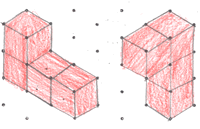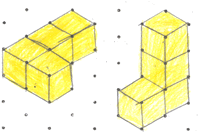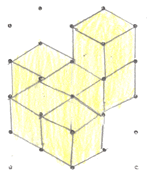Or search by topic
Number and algebra
Geometry and measure
Probability and statistics
Working mathematically
Advanced mathematics
For younger learners
Building Blocks



- Problem
- Getting Started
- Student Solutions
- Teachers' Resources
Thank you to Emma, Hannah, Shawnee and Sophie from Oakwood Junior School Maths Club for the drawings you did of the shapes. They explained that they made the shapes and put them at different angles, then copied them onto isometric paper. Here are some examples that Emma and Sophie drew for the first shape:
|
|
|
Here is Sophie's drawing of the second shape:

Emma drew the third shape like this:

Finally, they both drew different versions of the fourth shape:
|
|
|
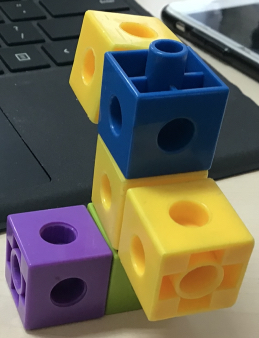
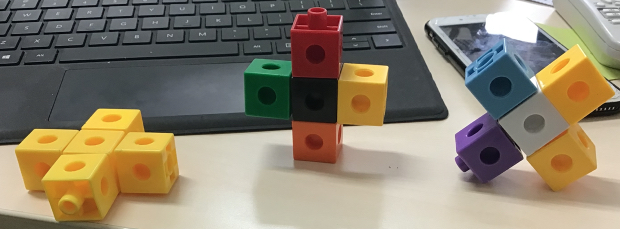
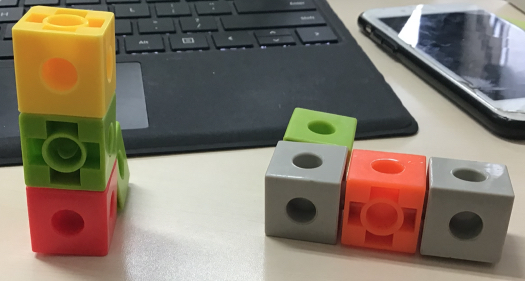
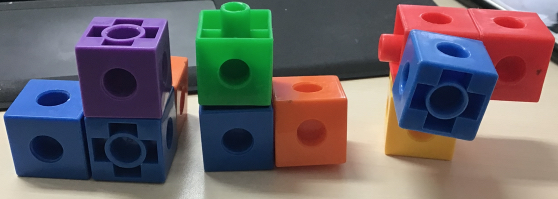
Thank you for those arrangements.
You may also like
New House
In this investigation, you must try to make houses using cubes. If the base must not spill over 4 squares and you have 7 cubes which stand for 7 rooms, what different designs can you come up with?
The Third Dimension
Here are four cubes joined together. How many other arrangements of four cubes can you find? Can you draw them on dotty paper?


